|
Before I am going to feed you with some more embroidery eye-candy, I want to thank all readers who commented on last week's blog post. It seems to be that it is indeed possible to create these pieces on a loom and work the ends in. A picture of a woman weaving such a particular piece was posted on this topic in Mary Corbet's Facebook group. Equally, a comment with a link to a Swedish blog showed a similar piece being made on an embroidery frame. Pieces like these can thus be created by weaving or by pattern darning. That's fascinating, don't you think? One of the best places to find beautifully presented embroidery, is in the Historical Museum of Crete in Heraklion (www.historical-museum.gr/eng/). There is a small display of richly decorated Orthodox vestments. These were made at the Asomaton Monastery and look similar to the ones from the Monastery of Arkadi. Do you see the fine embroidered lettering running vertically along the embroidery on the left? That's where it says who made this particular piece. In this case: 'the present was restored by the monk Methodios and the deacon Anthimos on the 1st of October 1854. The patron was Abbot Joseph'. And then there is a whole floor (!) dedicated to the ethnographic collection. And oh joy, that is mainly textiles! The pieces themselves where lovingly displayed. But the main advantage were the detailed descriptions about them in English. The pieces were grouped according to life's rituals: religious holidays, marriage, birth, death, etc. Such a joy to read about the different textiles and their context of use! Seldom seen such a well-made exhibition. Here are some of the beautifully embroidered pieces: A richly embroidered towel, probably from Ierapetra. There were many examples of Ottoman-style embroidery and of Cretan embroidery. And last but not least, I found the above text very moving and much in line with my own drive.
8 Comments
As stated in my previous two blog posts, you'll see embroidered items everywhere you turn on Crete. But due to language problems and an overall decline in needlework in recent years, researching a particular type of embroidery can be hard. And I got all confused when I was told time and time again that the particular items I had seen were woven and not stitched. I was pretty sure this wasn't true for the pieces I had seen in my hotel and in various churches. But it was true for the cheap mono-coloured tourist souvenirs on display in the streets. What's going on here? This is the type of folk embroidery (or is it weaving?) I am talking about. Without even looking at the back, this screams 'embroidery' to me. To me this is a counted thread technique known as darning. I just love the winged dragons and the overall bright colours contrasting with the white background! And here is the back. Clearly, this is embroidery. Executed with cotton threads (probably DMC stranded cotton) on a closely woven thicker linen. Here is an even finer example. Can you see the tiny seeding stitches filling the space between the cocks and between the elements of the vine? They are even present in the two smaller borders. Why are they there? Let's turn the piece over. Those tiny seed stitches on the front anchor the thread that's carried across from design element to design element. Without those tiny stitches, the thread carried at the back would be far too long and far too loose. Clever, isn't it?! Could this one be machine embroidered or even have been woven on a loom? The example further above and below, do clearly not carry threads across empty spaces. Here's another example. Not the very fine fabric and the much thicker embroidery threads in comparison. And the last one. Not so sure of the design on this one :).
Unfortunately, I forgot to take a picture of the touristic souvenir ones. Design-wise they display the same elements. But they are not colourful. The whole design has the same colour and it is usually in tone with the background (think beige on cream). Or at least that's the ones I have been shown. So, what's going on here? Do embroiderers and weavers use the same the designs when making tablecloths and table runners? Or does the embroiderer copy the weaver in style and technique or vice versa? Maybe because weaving is much quicker than stitching? And why was it that none of the embroidery ladies I spoke with considered this embroidery at all? Well, that might be due to the embroidery technique involved. After all, these darning patterns are achieved when you use your needle and thread in a weaving motion! Fascinating don't you think? And now: over to you! Have you ever seen this type of embroidery before? What is it called? What materials are used? Where can I find patterns? I am aware of the Dutch darning samplers and the new book on 'Pattern darning from Norway' by Yvette Stanton. In my opinion, what makes the embroideries from Crete differ, is that they not only depict geometrical patterns. I really love the roosters, the dragons and the floral motives. So over to you! Please share your knowledge and experiences in a comment! Are you ready for another trip to beautiful Crete? This time we are going to visit the Monastery of Arkadi. This place is famous for one of the many tragedies which befell the island during Ottoman rule. In 1866, 943 Greeks, mainly women and children, had sought refuge at the Monastery. After three days of fierce battle with the Turks, they decided to rather kill themselves by igniting barrels of gunpowder, than to fell into the hands of the Turks. It is quite impressive to walk into the ruined gunpowder magazine. You can read more about the tragedy and the monastery's history here. Not mentioned anywhere, the monastery used to house a famous workshop for the embroidery of ecclesiastical textiles for the Greek Orthodox church! And these beauties have recently returned to Arkadi. Freshly conserved and beautifully presented. Officially, you are not allowed to take pictures. However, I explained to the guard that I am an embroideress myself and that I re-create historical vestments. It was then ok for me to take as many pictures as I liked! But first things first. The embroidered vestments of the Orthodox Church are very different from the ones we are used to in the West. We mainly have chasubles, copes and dalmatics, they have epigonation (rhomboid piece of luxurious material suspended from the waist at knee-level), epimanikia (detachable cuffs used to bind the wide sleeves of lower vestments), epitrachelion (stole), orarion (narrow band of cloth wound around the upper body of the deacon) and phaelonion (chasuble) with polos (medallion applique sewn onto other vestments). Yes, that's all Greek to me too :). Secondly, these vestments date to the 17th, 18th and 19th centuries. Thirdly, the monks who made them, signed their work. How amazing is that? The style of the embroideries and the techniques used, differ from Western European goldwork embroidery of the same period. But there are parallels. Especially the use of floral motives is seen in both traditions in this period. Apparently, the use of padding is also a Western influence as the Byzantine tradition does not make use of it. Apart from fine gold and silver threads, the embroiderers also used semi-precious stones and silk in their embroideries. Crimson silk was preferred for the background. Faces were stitched by appliqueing a lighter silk and subtly stitching facial features on top. Moni Arkadi is well worth a visit for embroidery enthusiasts! The embroideries are well displayed in good light and have excellent caption texts in Greek and English. Besides, there are larger texts on the recent conservation and style of the embroideries. And best of all: the museum shop sells a booklet on the matter! The booklet is in Greek, English and German and has pictures and descriptions of all the embroideries on display, with a basic introduction. Pictures are ok, but not always splendid and the booklet is a little outdated regarding the current display. However, it is a good booklet for reference and at €3,00 it won't break the bank for most of us. The title is: Drandakis, N.V., 2000: Ecclesiastical embroidery at the monastery of Arkadi, ISBN: 960-86722-0-1.
I am back from a lovely holiday to beautiful Crete! Apart from incredibly hospitable people, fascinating archaeological sites, good food and wild landscapes, Crete is an island full of embroidery. You'll encounter beautifully embroidered household linens in homes, hotels, restaurants and churches. It consists mainly of whitework, cross stitch and bright folklore embroidery. Goldwork embroidery is the almost exclusive domain of the Greek Orthodox Church. Apart from seeing beautiful embroidery, I love meeting fellow embroidery enthusiasts and buying local embroidery supplies. So this first blog post on Crete is on embroidery shops. Where does one buy embroidery supplies? At the local mini-market for instance. We stayed in Enagron ecovillage near Axos and the mini-market in Axos sported a decent supply of DMC stranded cotton, perle and crochet yarns. As I did not see any fabric, I enquired at our accommodation to find out about any other shops in the vicinity. Our hosts turned out to be avid embroiderers themselves, so we had a pleasant conversation on embroidery. I even taught them how to do a bullion knot as they were mesmerized by the bullion roses on my needlecase. Armed with an embroidery shop address in Perama, me and my husband hunted it down. Not so easy. Shops have a very different look on Crete compared to over-orderly Western Europe :)! The Cretan version of an embroidery shop is a long and narrow dark room stuffed with supplies. You can hardly walk in there. And it is interesting to see what other items are on sale: towels, bed linens, socks and nylons, etc. Explaining what you want is difficult too. The ladies in the shops are elderly and very helpful, but only speak Greek. As they also sell finished embroideries (watch out: not necessarily made in Greece!, more likely cheap and cheerful China and Tunisia), they assume you come for that. It helped that I carried some finished embroidery myself to show them. The embroidery shops in Perama mainly sold DMC stranded cotton, perle and cotton a broder. Fabric-wise, they have aida, coarse linen, sparkly canvasses, pre-printed canvasses and simple embroidery kits. They also have books full of embroidery designs (cross stitch, richelieu and folklore) of which they can make a copy for you. You can also find needles, sewing thread, crochet yarn, wool, etc. It is best to carefully browse the heaps of supplies. I was lucky and found a piece of sand-coloured 100% fine linen from France. I also bought some perle yarn. After all, these ladies can really use the money as the consequences of the austerity measures are clearly visible. You can find one shop on the Palea EO Rethimnou Irakliou next to the National Bank and the other one almost opposite on Epar. Od. Peramatos-Exantis. Apparently, beading and making jewellery is incredibly hot among young people in Greece! The shops where you can find beading supplies are bright and organised with a hip and urban feel. My favourite was Perla in Rethymno. I was especially taken with the wide selection of beads and cabochons made of semi-precious stones. The young woman running the store is a maker herself and speaks excellent English. She told me that she will soon open a webshop. If you'd like to stay in the loop on that, why not visit her facebook page? I also located an embroidery shop on Eth. Antistaseos, also located in the old town centre. Two young women ran the store when I visited and they were very helpful. They had a heap of old DMC pattern leaflets in Greek. They weren't selling them, but I was allowed to take photographs. In return, I bought some #9 needles and some cotton a broder #30. They also sold linen fabric for richelieu embroidery. I saw the traced patterns behind the counter. Apparently, you buy the fabric and threads and have the pattern of your choice transferred onto the linen using blue carbon paper. The ladies told me that cotton a broder #30 is the finest thread they stock nowadays as this type of embroidery is not so popular anymore. The last shop I visited was Gini in Heraklion on Kalokairinou Avenue. For me personally, this shop was a little too loud! The girls behind the counter where of the giggling type. Nevertheless, I managed to buy some more beads made of semi-precious stones and some fresh-water pearls. Gini has several shops throughout Greece and sells online too.
If you know of any other embroidery shops on Crete, please leave your recommendation in a comment below. It would be lovely if this blog post becomes a reference for all who plan a holiday on Crete! Next week, we'll have a look at some of the beautiful embroideries I encountered. |
Want to keep up with my embroidery adventures? Sign up for my weekly Newsletter to get notified of new blogs, courses and workshops!
Liked my blog? Please consider making a donation or becoming a Patron so that I can keep up the good work and my blog ad-free!
Categories
All
Archives
July 2024
|
Contact: info(at)jessicagrimm.com
Copyright Dr Jessica M. Grimm - Mandlweg 3, 82488 Ettal, Deutschland - +49(0)8822 2782219 (Monday, Tuesday, Friday & Saturday 9.00-17.00 CET)
Impressum - Legal Notice - Datenschutzerklärung - Privacy Policy - Webshop ABG - Widerrufsrecht - Disclaimer
Copyright Dr Jessica M. Grimm - Mandlweg 3, 82488 Ettal, Deutschland - +49(0)8822 2782219 (Monday, Tuesday, Friday & Saturday 9.00-17.00 CET)
Impressum - Legal Notice - Datenschutzerklärung - Privacy Policy - Webshop ABG - Widerrufsrecht - Disclaimer

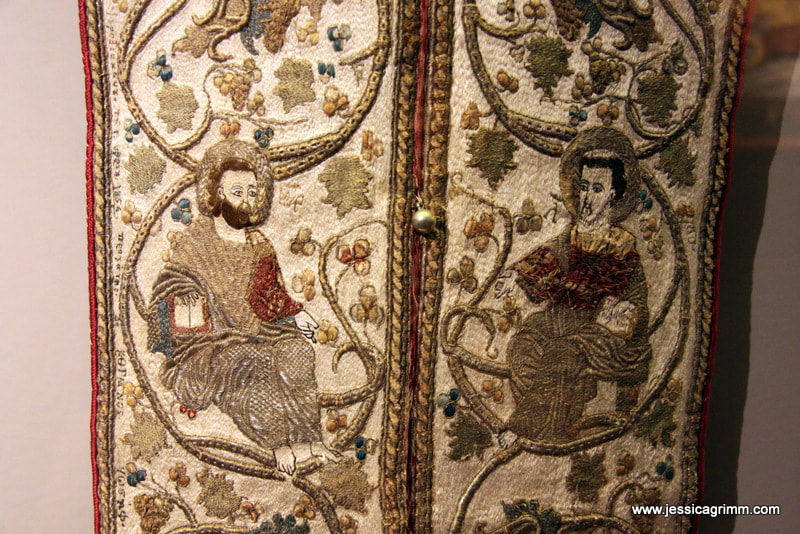
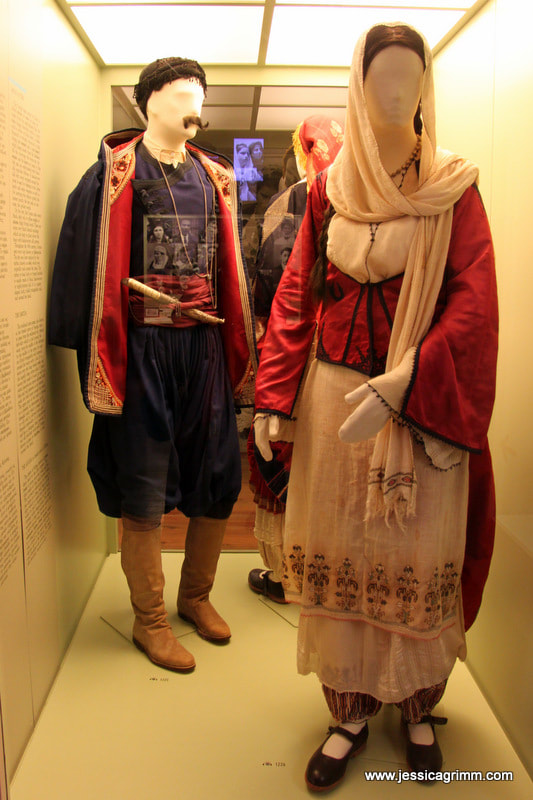
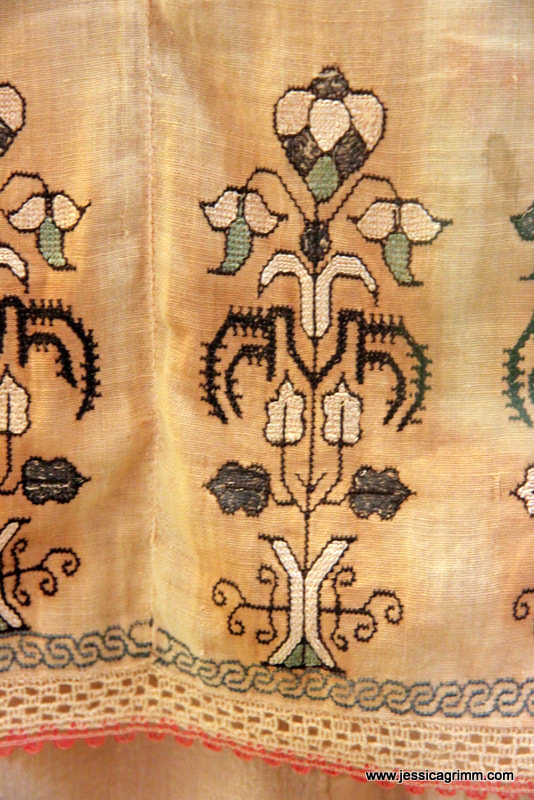
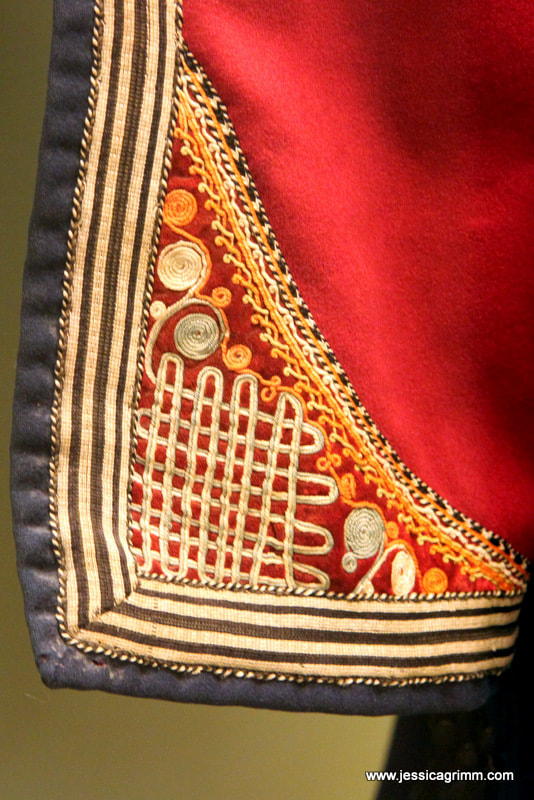
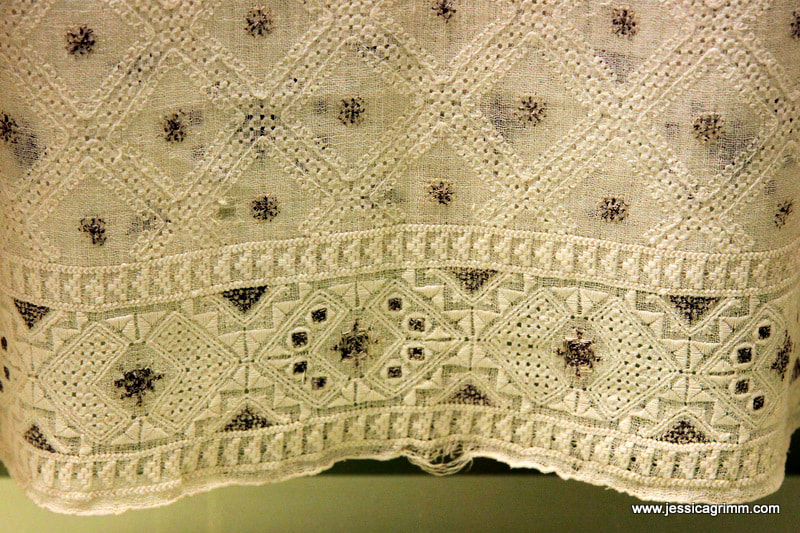
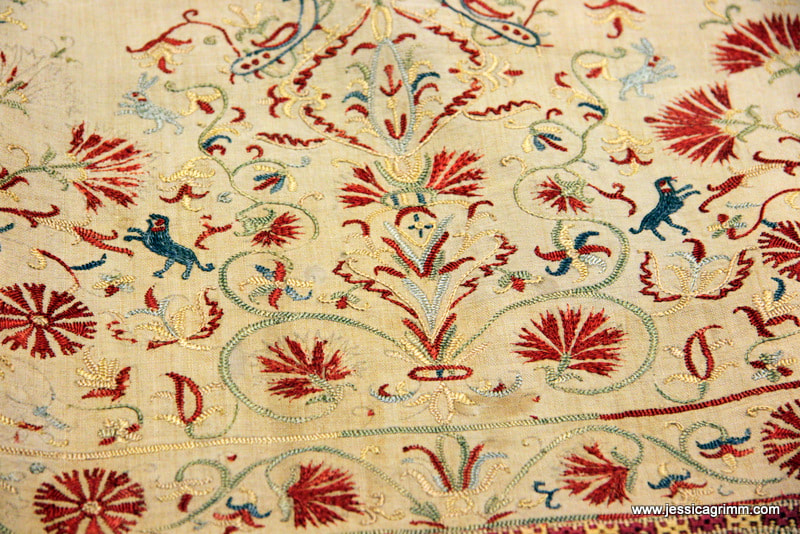
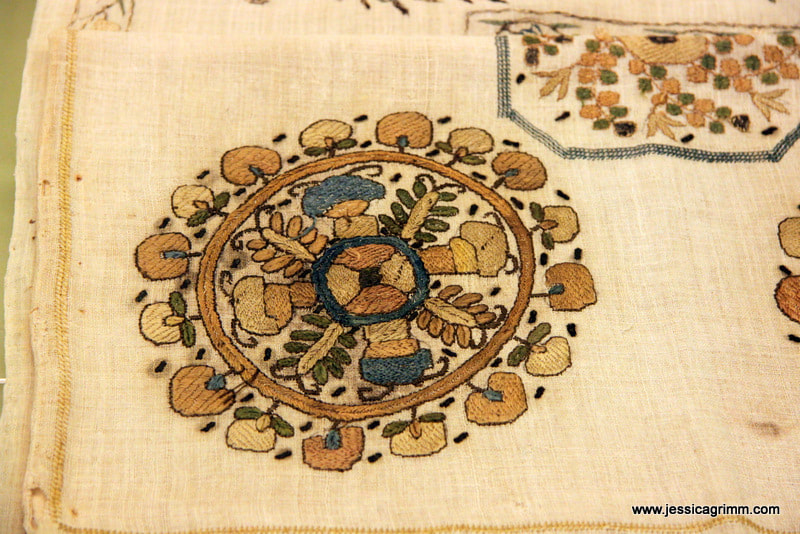
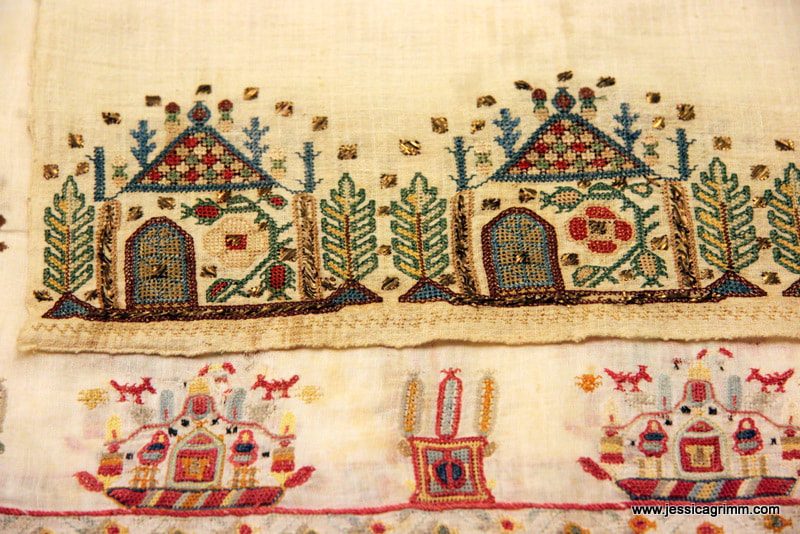
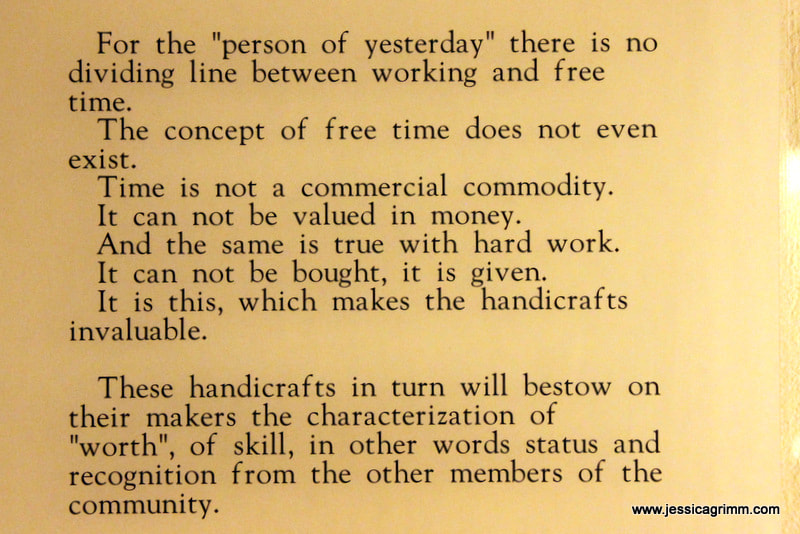
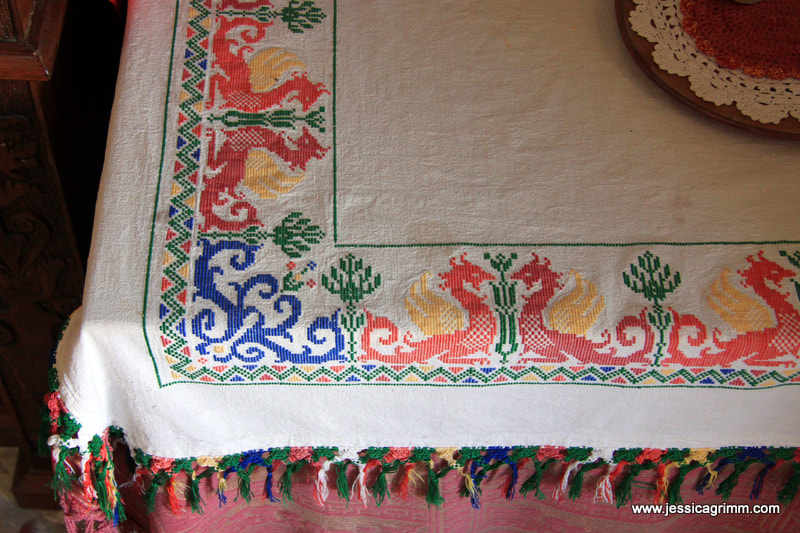
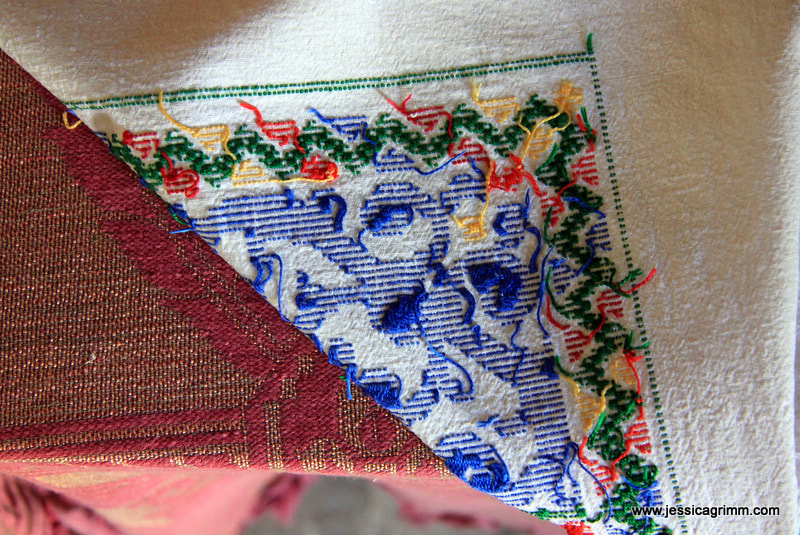
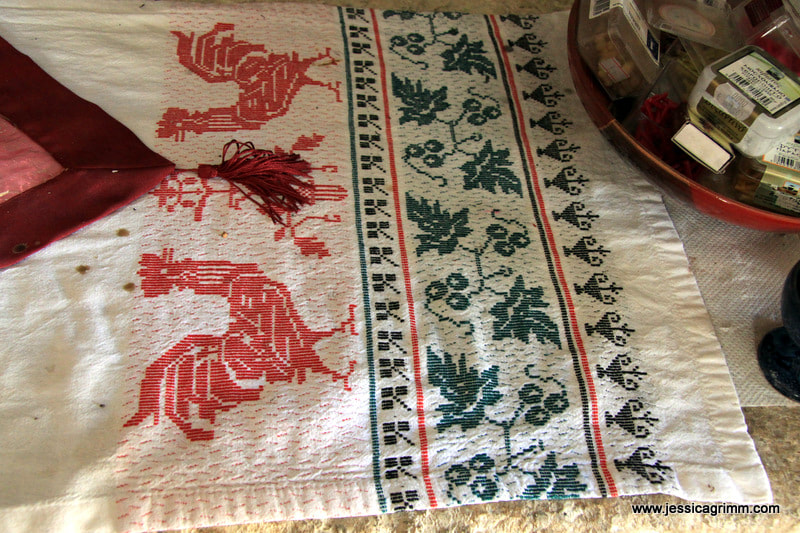
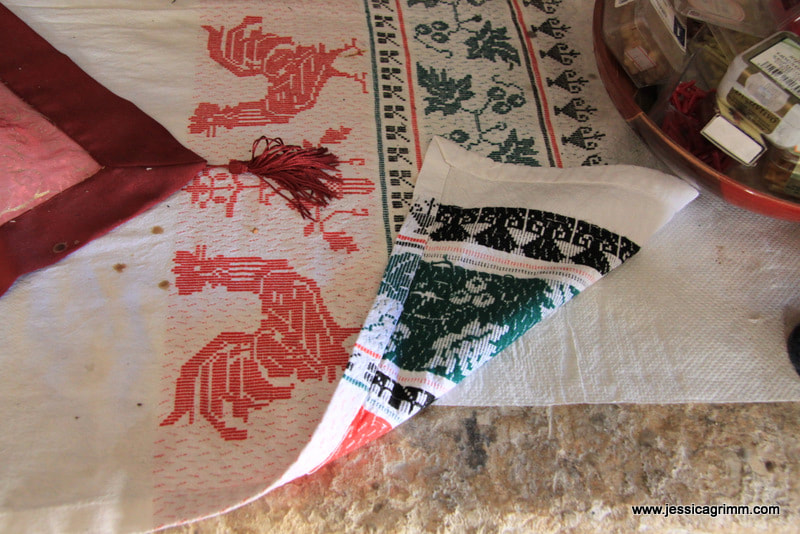
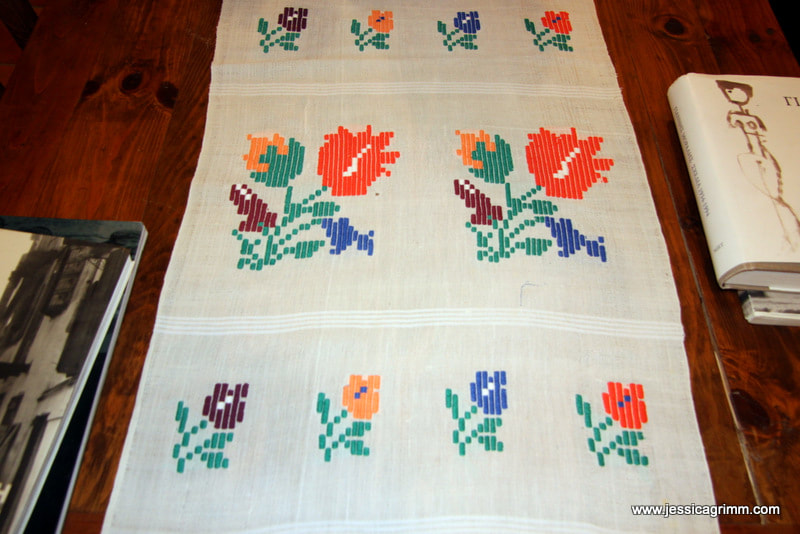
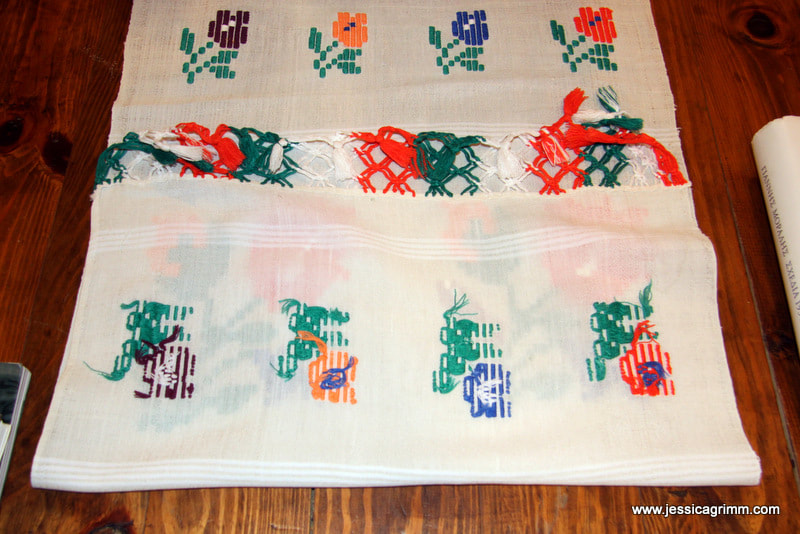
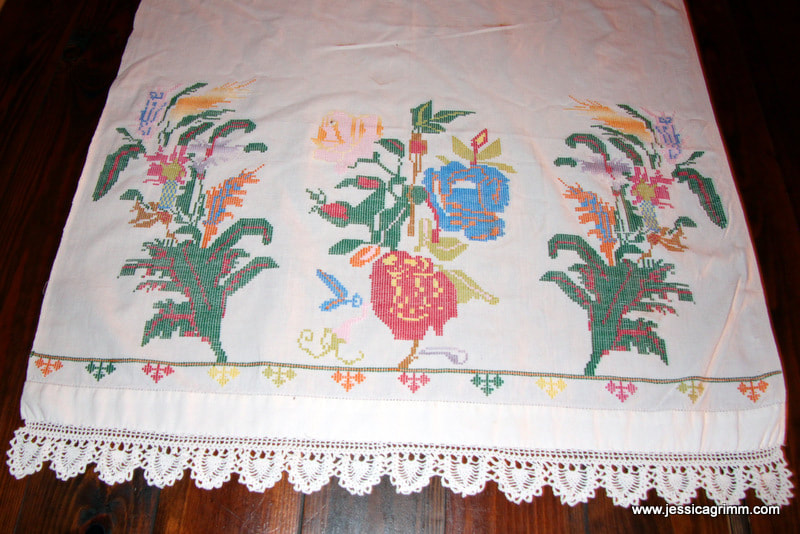
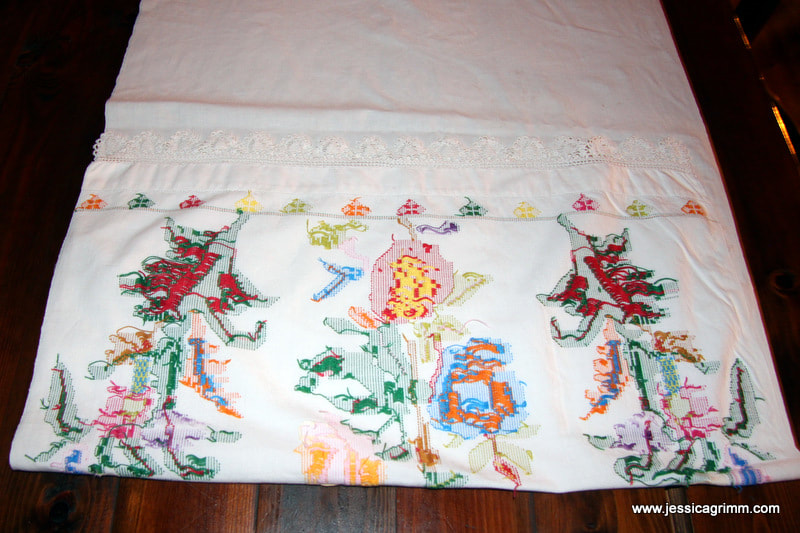
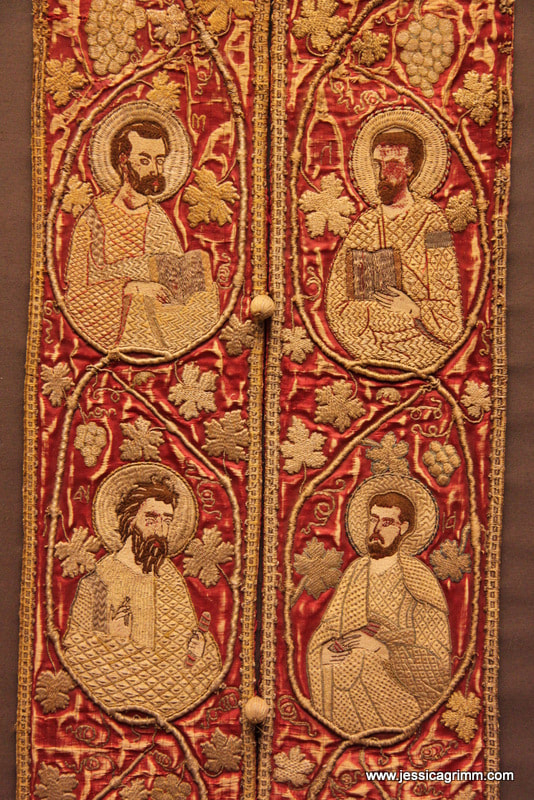
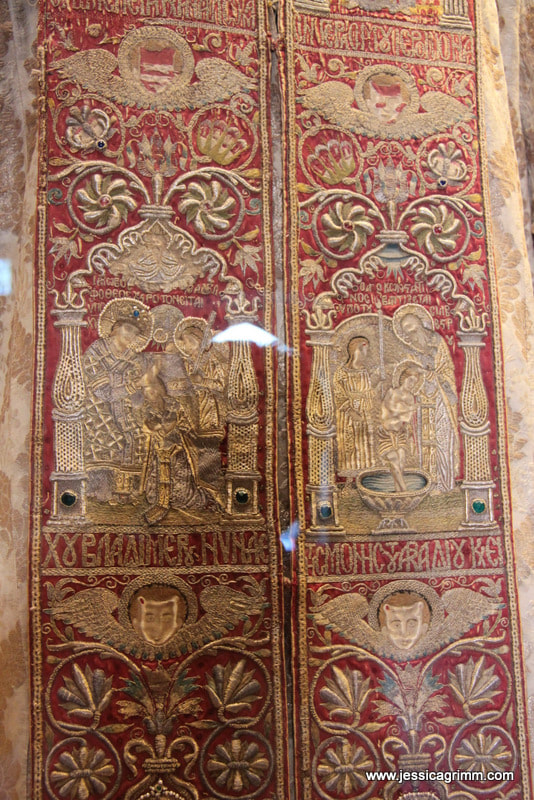
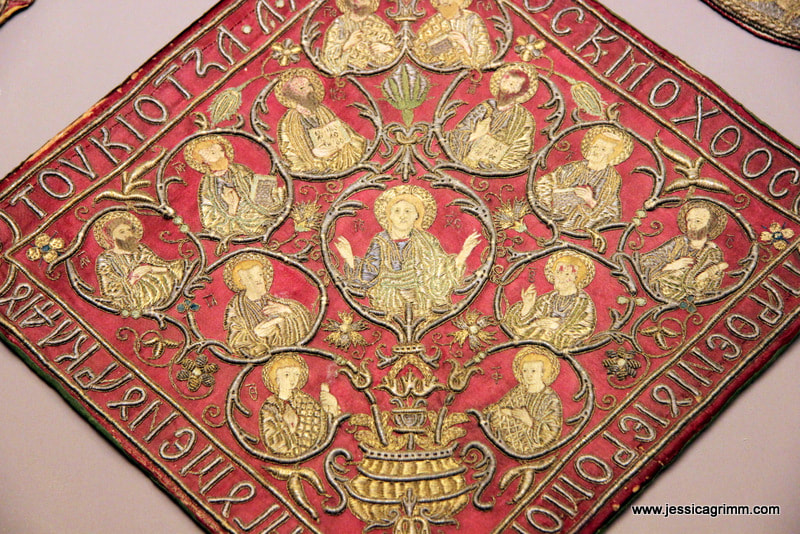
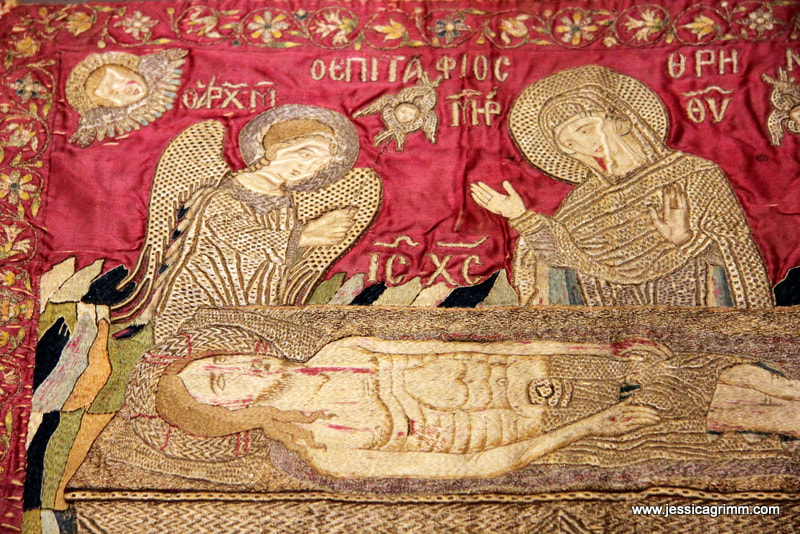
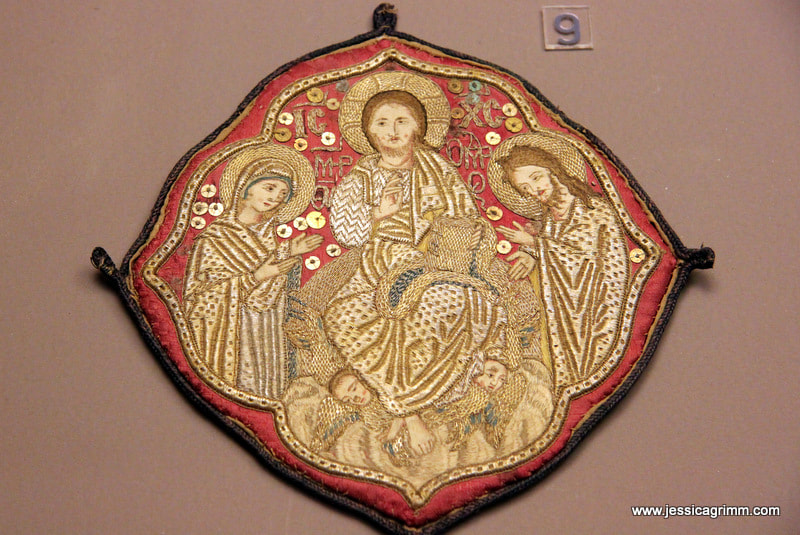
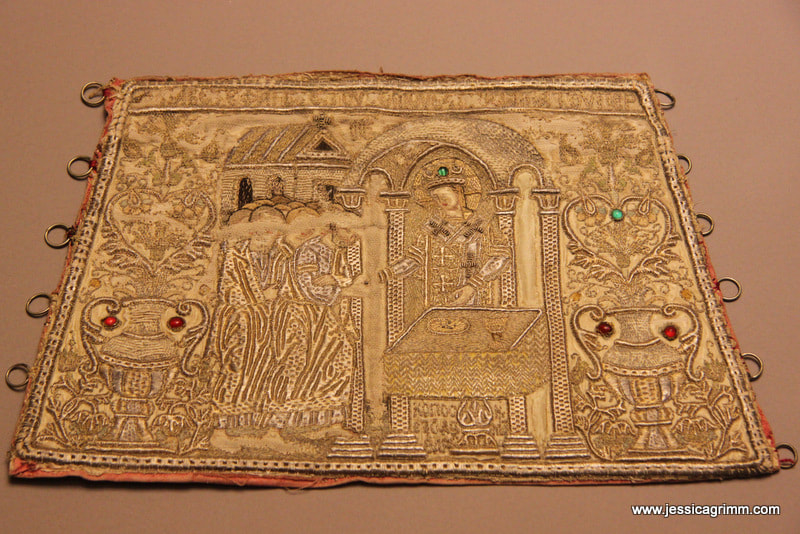
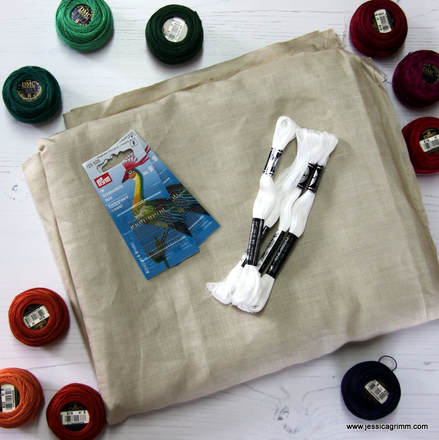
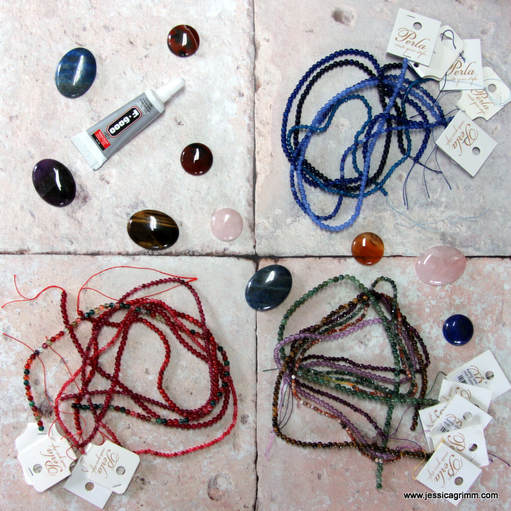
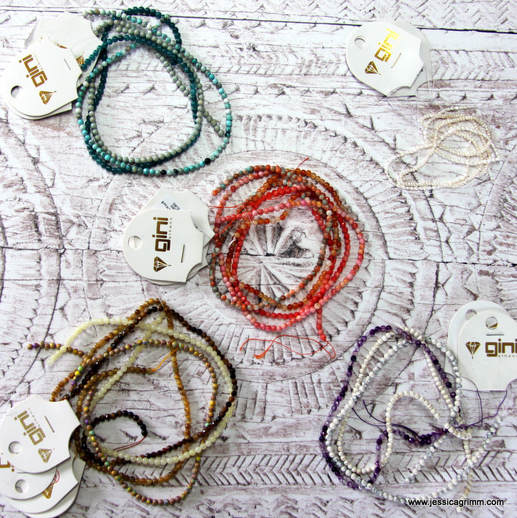





 RSS Feed
RSS Feed